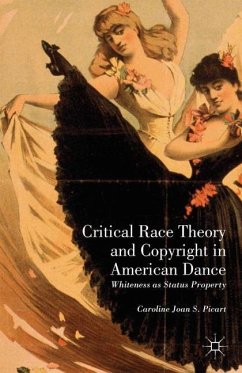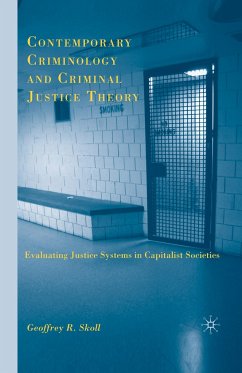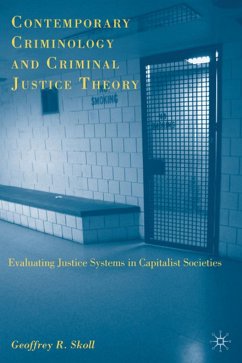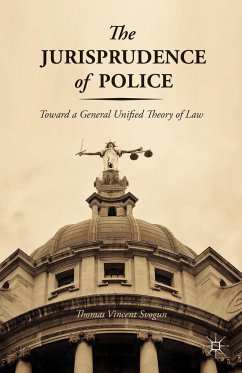
Critical Race Theory and Copyright in American Dance
Whiteness as Status Property
Versandkostenfrei!
Versandfertig in 6-10 Tagen
76,99 €
inkl. MwSt.
Weitere Ausgaben:

PAYBACK Punkte
38 °P sammeln!
The effort to win federal protection for dance in the United States was a racialized and gendered contest. Picart traces the evolution of choreographic works from being federally non-copyrightable to becoming a category potentially copyrightable under the 1976 Copyright Act, specifically examining Loíe Fuller, George Balanchine, and Martha Graham.














